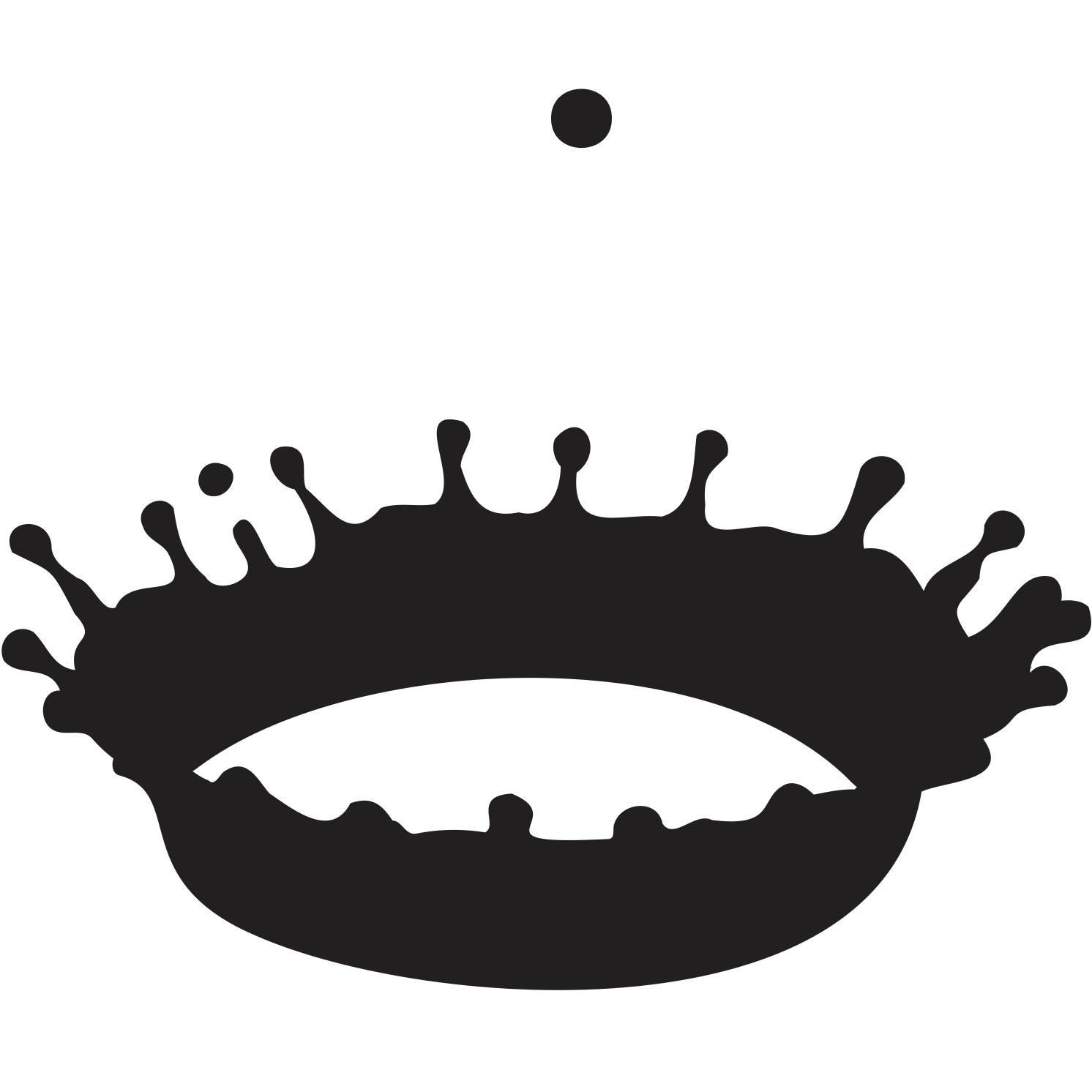Opportunity for independent study under regular supervision by a staff member. Projects require prior approval, as well as a written proposal and final report. Students work with international community partners to continue developing projects, focusing on one or more issues in education, design, or public service. Final presentations and written reflection required. May be repeated for credit for a maximum of 12 units.
Opportunity for independent study under regular supervision by a staff member. Projects require prior approval, as well as a written proposal and final report. Students work with international community partners to continue developing projects, focusing on one or more issues in education, design, or public service. Final presentations and written reflection required. May be repeated for credit for a maximum of 12 units.
Opportunity for independent study under regular supervision by a staff member. Projects require prior approval, as well as a written proposal and final report. Students work with international community partners to continue developing projects, focusing on one or more issues in education, design, or public service. Final presentations and written reflection required. May be repeated for credit for a maximum of 12 units.
Opportunity for independent study under regular supervision by a staff member. Projects require prior approval, as well as a written proposal and final report. Students work with international community partners to continue developing projects, focusing on one or more issues in education, design, or public service. Final presentations and written reflection required. May be repeated for credit for a maximum of 12 units.
Look at the world with open eyes. Wonder. Question. Explore. Reflect.
Intuition-based introduction to electronics, electronic components and test equipment such as oscilloscopes, meters (voltage, resistance inductance, capacitance, etc.), and signal generators. Emphasizes individual instruction and development of skills, such as soldering, assembly, and troubleshooting. Students design, build, and keep a small electronics project to put their new knowledge into practice. Intended for students with little or no previous background in electronics.
Look at the world with open eyes. Wonder. Question. Explore. Reflect.
Here, you’ll learn the application of electronic flash sources to measurement and photography. The first half of the course covers the fundamentals of photography and electronic flashes, including experiments on the application of electronic flash to photography, stroboscopy, motion analysis, and high-speed videography. Students write five extensive lab reports.





